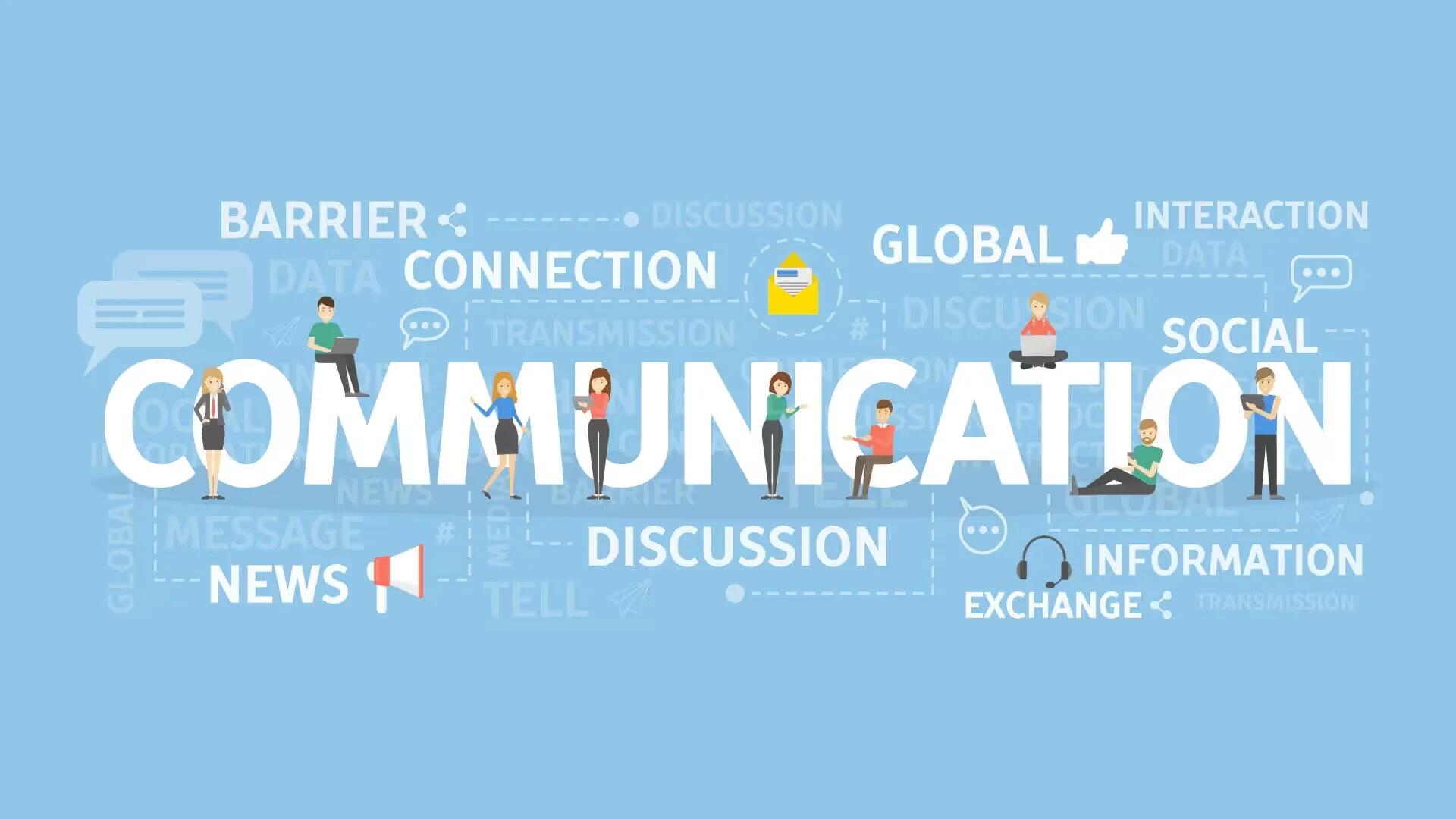Access to technology has become more critical than ever before. The Lifeline Program, initiated by the Federal Communications Commission (FCC), is pivotal in ensuring that all citizens have access to essential communication tools. One of the significant components of this program is the provision of government-provided phones and tablets, which empower individuals to stay connected, access vital services, and improve their quality of life. This article explores the significant role of government phones and tablets provided through the Lifeline Program in bridging the digital divide.
Access to Essential Communication Tools
The Lifeline Program was established to bridge the digital divide and make telecommunications services affordable for low-income households. Under this program, eligible individuals can receive a subsidy that helps cover the cost of basic phone service or broadband internet. This subsidy enables them to access essential communication tools, such as government phones or tablets, at reduced rates or even for free.
Government Phones: Connecting Communities
Government phones, often referred to as Lifeline phones, provide a lifeline to individuals who might otherwise be left behind in today’s interconnected world. These phones come equipped with basic calling and texting capabilities, ensuring users can stay in touch with their loved ones, employers, and emergency services. For many, this means access to job opportunities, educational resources, and the ability to call for help when needed.
Tablets: Expanding Horizons
In addition to government phones, the Lifeline Program offers eligible individuals tablets. Tablets are versatile devices that open up a world of possibilities. They allow users to access the internet, use educational apps, and engage in online job searches. Tablets have become invaluable tools for remote learning, enabling students of all ages to access digital educational resources, research materials, and collaborate with peers.
Bridging the Educational Gap
With many schools shifting to online learning, students without access to mobile devices or the internet face significant challenges. The Lifeline Program’s provision of tablets helps bridge this educational gap by ensuring that all students, regardless of their economic circumstances, have the tools they need to succeed academically.
Enhancing Work Opportunities
Access to government phones or tablets also enhances employment opportunities for individuals in underserved communities. Job searches and applications are increasingly conducted online, and having access to these devices can be a game-changer for job seekers. It allows them to explore a wider range of job openings, submit applications, and communicate with potential employers more easily.
Choosing a Lifeline Provider
Selecting the right Lifeline provider is an important decision, as it determines the quality of service and the devices available to you. When choosing a Lifeline provider, consider the following factors:
Coverage: Check the provider’s coverage map to ensure that you will have access to reliable service in your area.
Device Offerings: Research the types of government phones or tablets the provider offers. Some may offer a broader selection of devices with varying features.
Data Plans: If you are interested in broadband internet access, compare the data plans offered by different providers to find one that suits your needs.
Affordability: Compare the costs associated with the Lifeline service offered by different providers. Keep in mind that the program provides a subsidy to reduce costs for eligible individuals.
Government phones and tablets provided through the Lifeline Program are powerful tools for empowering citizens. They enable individuals to stay connected, access education and employment opportunities, and enhance their overall quality of life. Choosing the right Lifeline provider is crucial to ensuring you receive the best service and devices to meet your needs.
